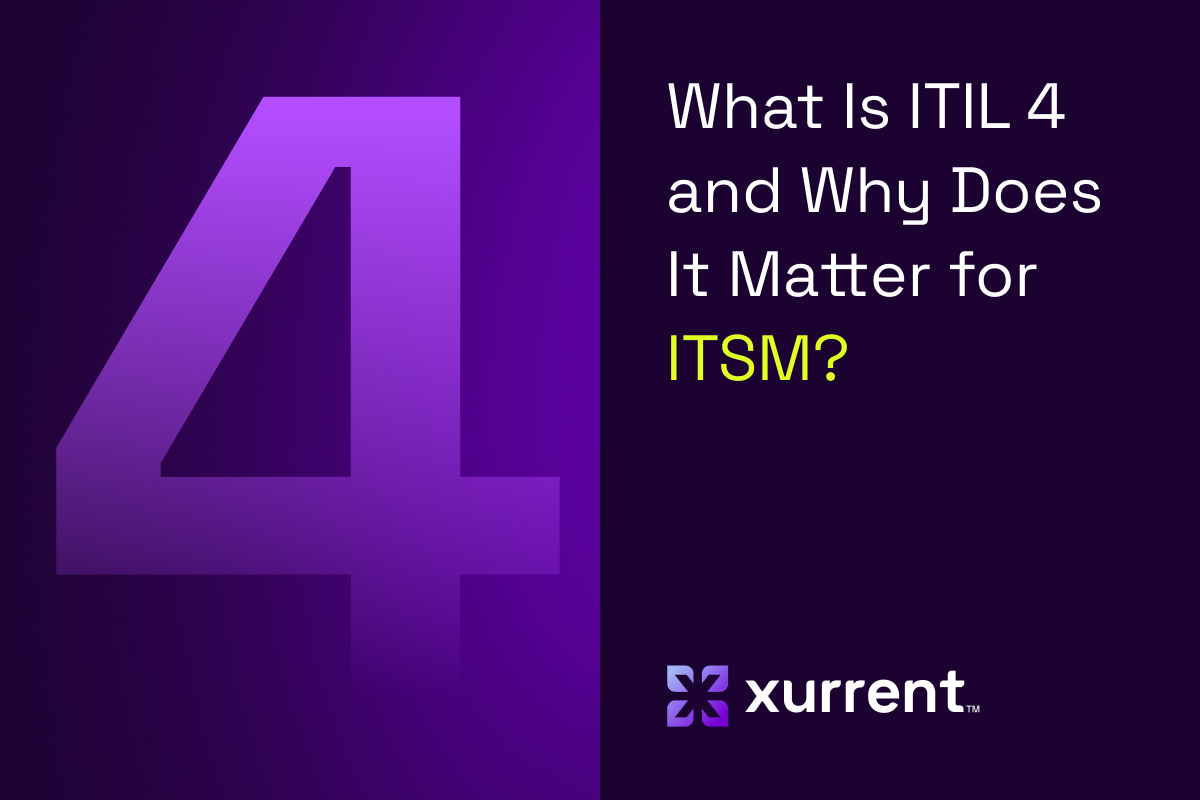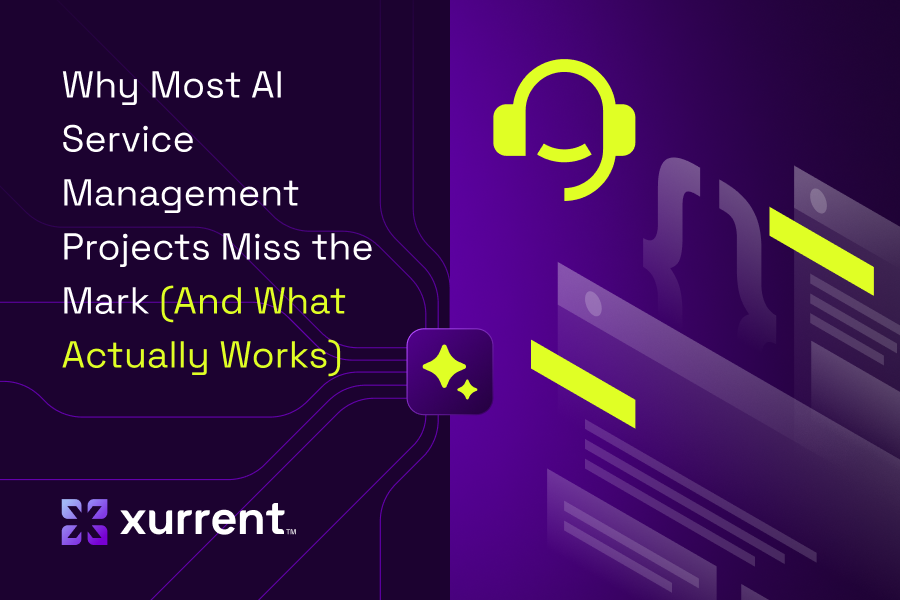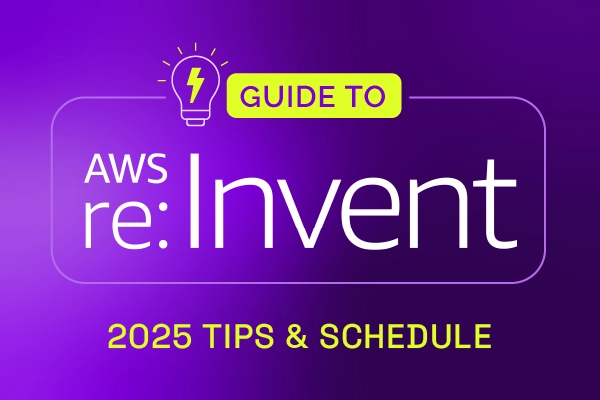The ESM Playbook: how to drive impact and eliminate friction
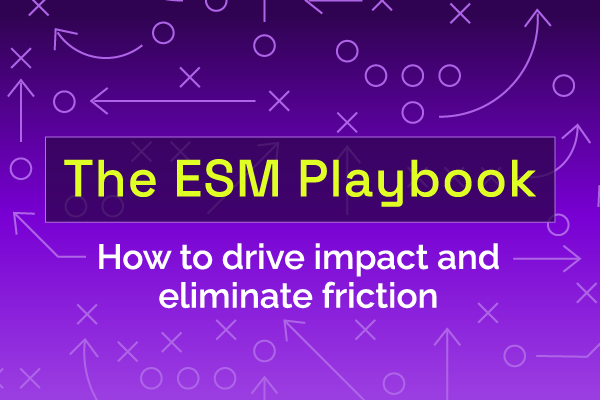
Enterprise Service Management (ESM) is more than just another tech buzzword.
ESM promises real results, offering streamlined workflows, automated processes, enhanced visibility across departments, and ultimately, happier employees.
So why do so many ESM rollouts flop? It's rarely the technology. The real culprit is how organizations deploy these systems. Too often, they create resistance instead of real adoption.
At Xurrent, ~70% of our customers use Enterprise Service Management. That's a very high percentage — a testament to the combination of great software, outstanding partners, and baked-in best practices of the Xurrent ecosystem.
In our latest SMU (Service Management Unlocked) session, John Davis (Director of Business Operations at Xurrent) and I pulled back the curtain on what actually drives ESM success. We broke down how to spot the right problems, dodge the usual pitfalls, and — most importantly — turn even the biggest skeptics into your loudest champions.
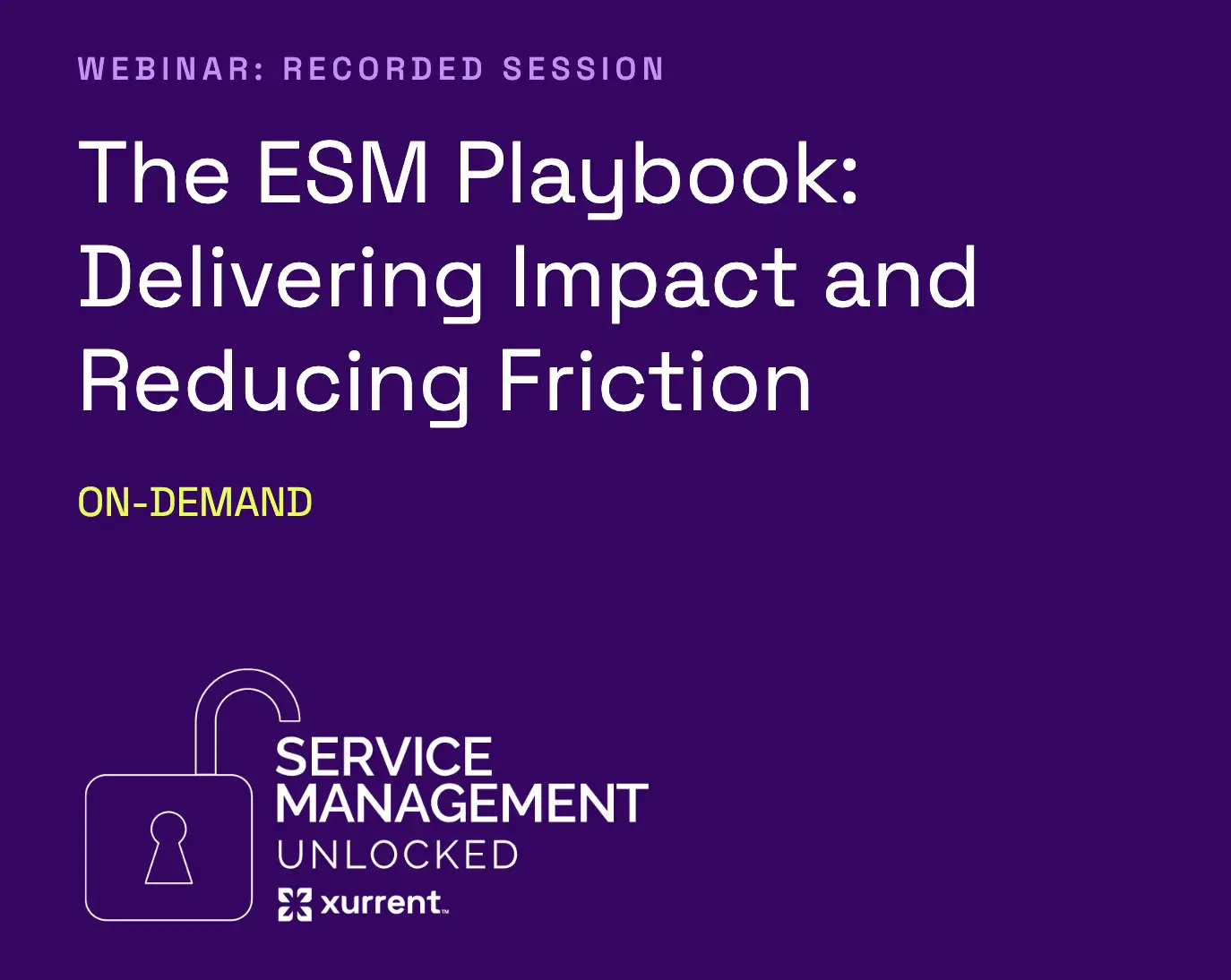
Want to skip the recap and watch the full webinar? Here's the link.
Start by identifying the right problems
Before you even think about rolling out ESM, get laser-focused on the actual problems you need to solve. John and I zeroed in on three areas where ESM delivers outsized value:
1. Cross-department collaboration: Too often, HR and IT both handle onboarding requests ... again and again (and again). The result? Friction. ESM steps in to automate repetitive tasks, slashing manual effort and eliminating the tracking headaches that slow everyone down.
2. Automation of recurring tasks: If a task doesn't need a human touch, why waste time on it? For example, Xurrent's marketing team has a program that spins up a new request every Thursday at 7:00 AM — no reminders, no manual entry. It just works.
3. Gaps in visibility and reporting: Executives want high-level metrics. Team members want actionable details. A strong ESM platform delivers both — dashboards that flag looming deadlines and granular reports that help specialists actually move the needle.
What to avoid with ESM
John and I were equally clear about what derails ESM implementations:
Duplicating work: If your ESM just adds another layer of busywork, expect pushback. The goal? Complement your existing tools, rather than competing with them.
Overcomplicated workflows: Early at Xurrent, John spotted (and fixed) a workflow that was impressively thorough ... and unnecessarily complex. Just because you can create extensive workflows doesn't mean you should. Unless complexity is required for compliance, find the balance between automation and flexibility.
Scope creep: Don't "gold plate" your implementation by adding unnecessary features or trying to solve every problem at once. Limit scope to manageable chunks and quick wins. That's how you build momentum.
Training gaps: Change is tough (and most people don't love it), especially when everyone's juggling a dozen priorities. Make it easier by rolling out training in phases. Part A this week, part B next week. Layer change in, don't dump it all at once.
The phased approach: Your roadmap to ESM success
John called out a fundamental truth in project management: you have to balance scope, cost, and time.
Change one, and the others shift. Since time and cost are usually locked in, scope becomes your primary lever.
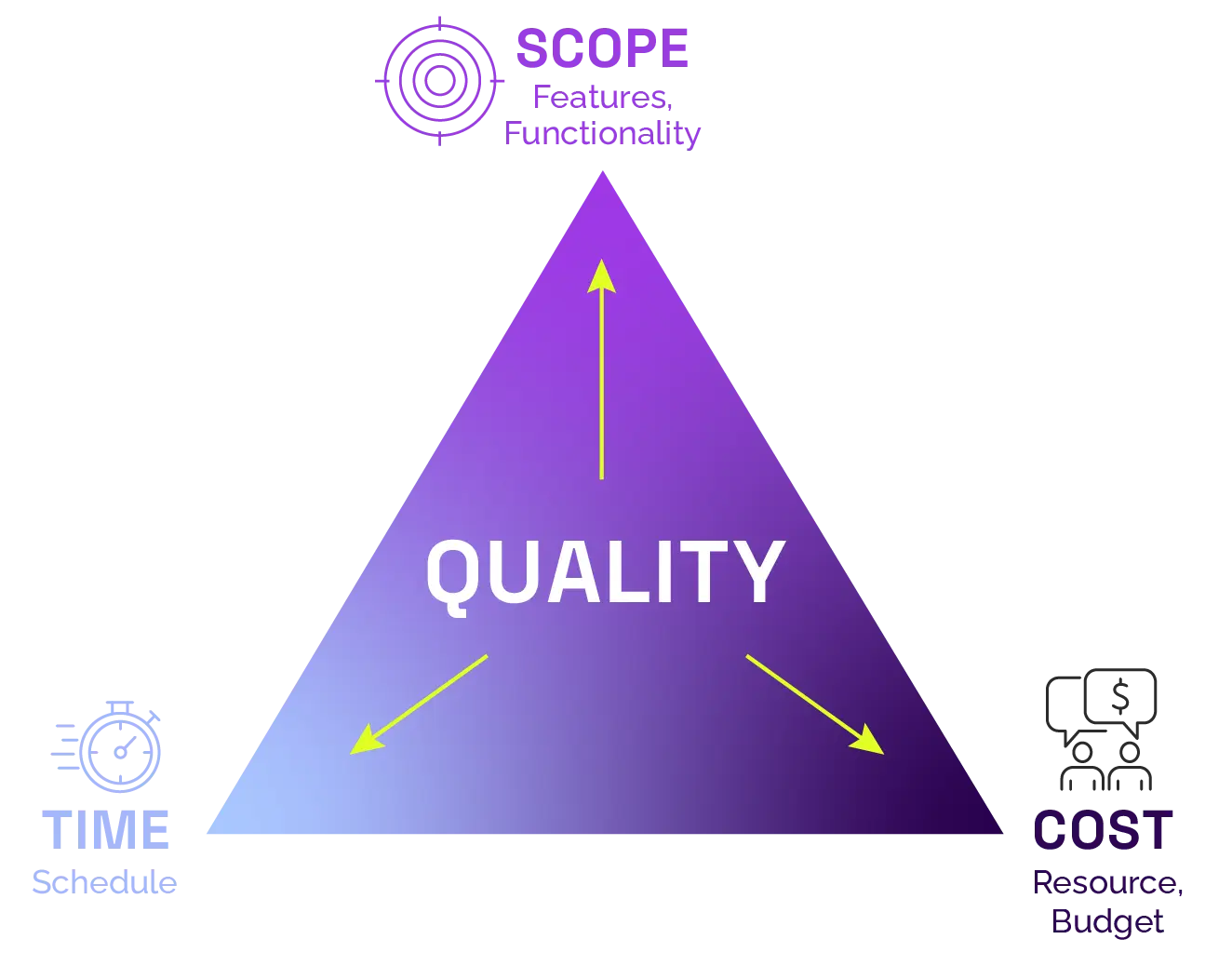
As John memorably put it: "You can't bake cookies at 10,000 degrees for 10 seconds." Similarly, you can't resource up enough to deploy ESM across every department simultaneously without quality suffering and users rejecting the system.
The smarter move? Nail your ESM rollout for one or two departments first. When you maximize ROI and deliver real impact, people notice. Other teams see the results and say, "I want that too." Suddenly, you've got a line of departments waiting to get in on the action.
That natural FOMO is your best marketing.
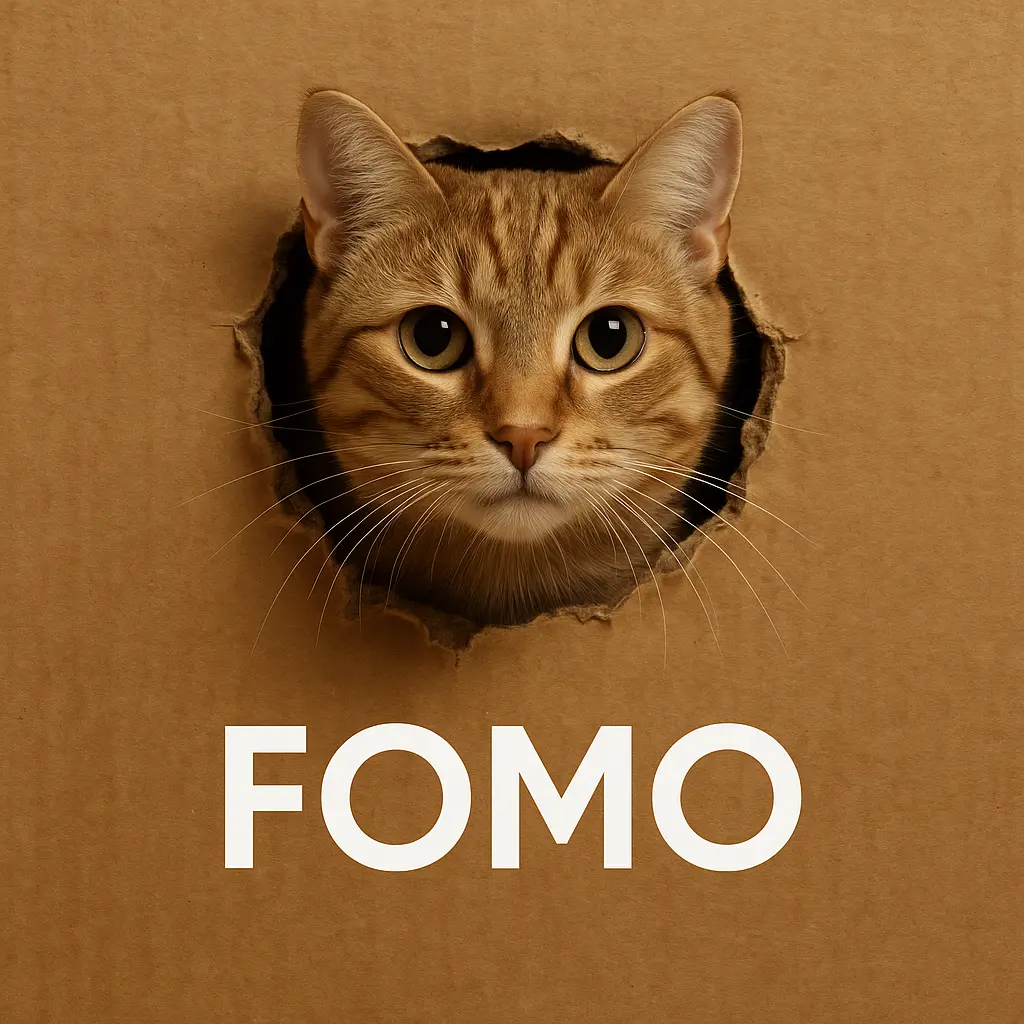
Ground your implementation in your operating model
John referenced the Operating Model Canvas (introduced by Andrew Campbell, Mikel Gutierrez, and Mark Lancelott) as a framework that closely tracks ESM features and functionalities. By basing your ESM implementation on your business's actual operating model, you create something universally applicable to all departments — not something that requires re-engineering when you add the third or fourth team.
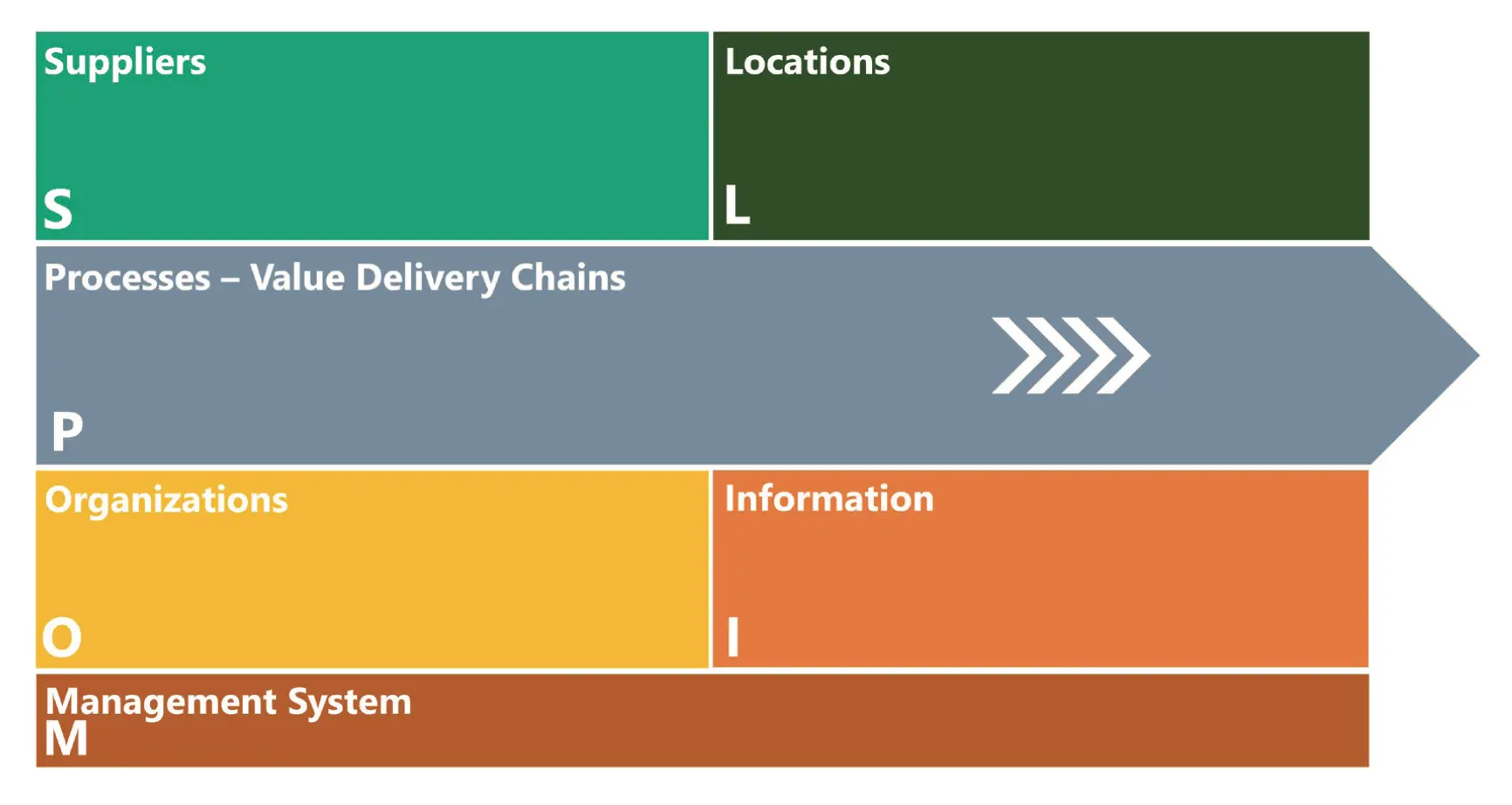
This approach helps ESM fill real gaps in your value chain.
Returning to the HR and IT example: if things keep getting lost in email, automatic request generation ensures that nothing slips through the cracks.
Put your resources where they count. If a task pops up three times a year, email works. Ten times a week? That's ideal for automation.
Final recommendations
We wrapped up with two must-haves for ESM success:
1. Bring in key stakeholders early: Don't wait until you're halfway done to hear, "What about ____ ?" Get the right people involved from the start, and lean on your executive sponsor to keep scope creep in check.
2. The 5 Ps: Proper Planning Prevents Poor Performance. Surprise requirements = expensive rework. Surface as many needs as possible upfront to keep your rollout smooth.
Here's the bottom line: Great ESM doesn't just cut friction — it builds momentum and gets your whole organization engaged.
Watch the full webinar to learn more, or get started with Xurrent today.

Xurrent named a Market Leader in Research In Action’s Vendor Selection Matrix™ for IT & Enterprise Service Management Solutions
Xurrent earns #1 rankings in customer satisfaction, price vs value, and recommendation index in Research In Action's global ITSM/ESM Vendor Selection Matrix report.



